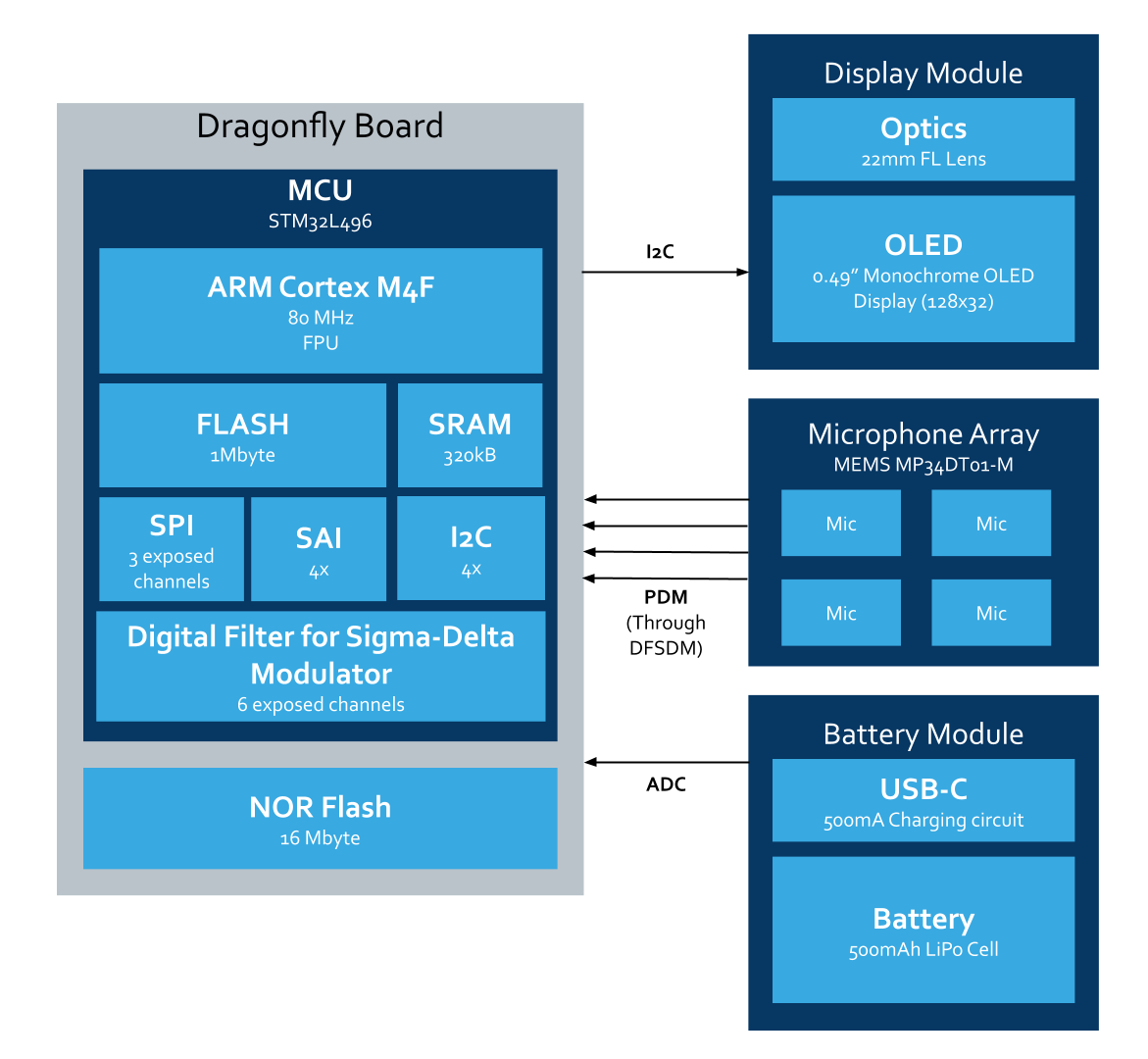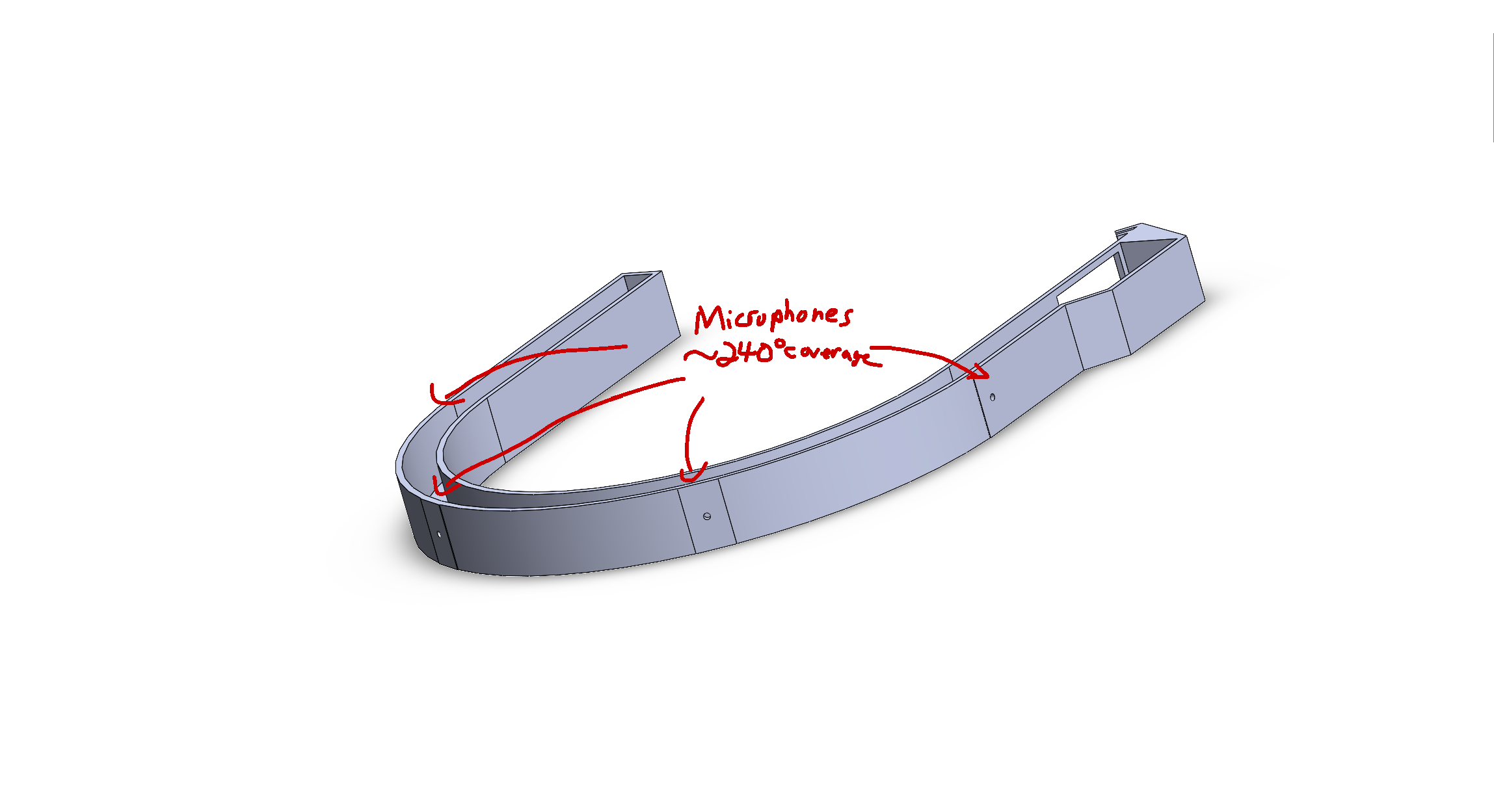Team Status Update for 10/11
Tasks Accomplished
The team has finished up our trade studies and also compiled the BOM and sent it out for review. We hope to get our parts soon to start work on MVP building.

We have finished our system architecture, including block diagrams for both hardware and software aspects of our project. We will be working on our design document this week, as well as hopefully start receiving parts to begin our MVP work.
Potential Risks
- Not receiving any parts in the next week
- Design can continue in the CAD design and circuit schematic fronts. Research can also be done by perusing existing code.
- Other classes eating into our time (midterm season)
- Most work can be done in parallel so we will be able to work without meeting, possibly saving time
Our design has changed to not include an FPGA, and is now purely driven by an MCU. We have also discussed many ways to mount the microphone, results of some of our discussions are in the scanned sketch below:

Our schedule is still in place but we are a little bit behind, particularly on the circuit schematic as well as the parts ordering.


